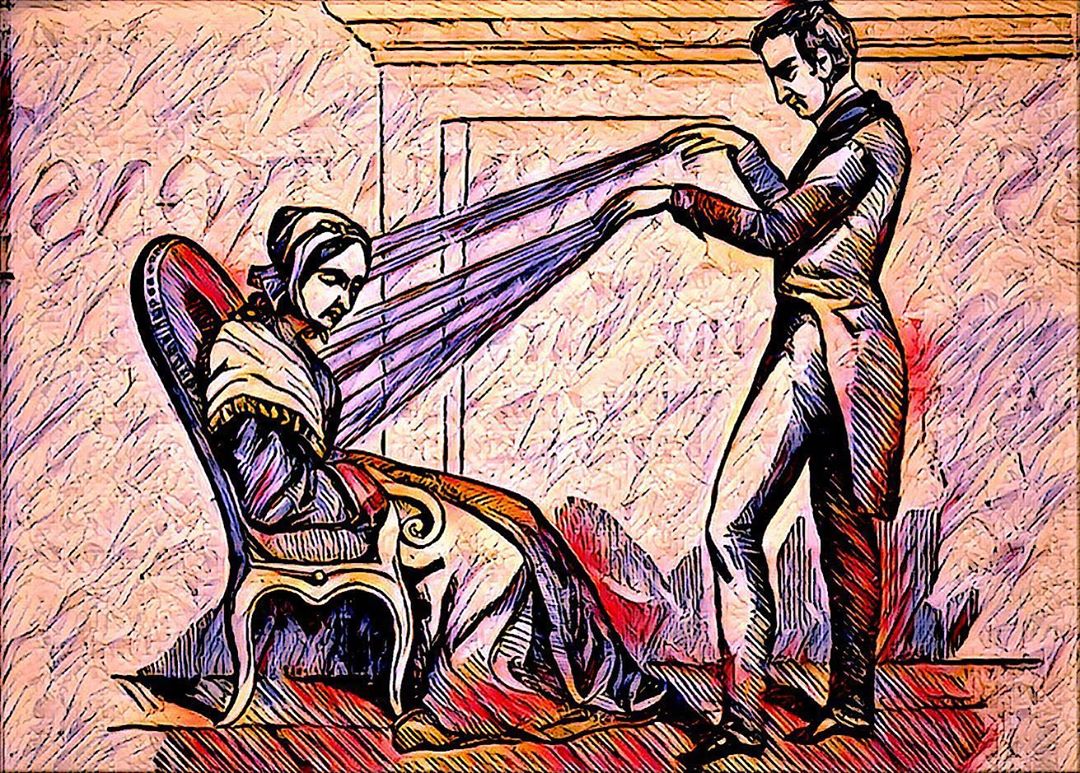
Demonic imagery from different books of hours. A Book of Hours was a type of Christian book popular in the Middle Ages that contained prayers, psalms, hymns and lessons that were meant to be read at certain hours of the day, everyday.



After witnessing a mesmerist induce a trance, Edgar Allan Poe included it in his story The Facts in the Case of M. Valdemar. In the tale, a dying man is put into a trance and able to speak and move his “swollen black tongue” after death. The tale was written like a medical case study.
At the time, Poe was a journalist and the story was taken as a news report, never being explicitly presented as fiction. It was even reprinted in London’s Sunday Times with the headline: Mesmerism in America: Astounding and Horrifying Narrative, helping legitimize and popularize mesmerism.
Source is Occult America by Mitch Horowitz. It’s a fantastic read, and highly recommended!

Grilandas inventum libri by Paolo Grillandi is a series of 16th century diagrams that tied aspects of the human body to astrology. The Italian author wrote seminal books on witchcraft and demonology and was a papal judge in witch trails.⠀

Rahovart is a companion of Satan and tormentor of humans. He causes avalanches and possesses the elderly. If you die while possessed by him, your soul is collected into his basket where you will stay until Judgement Day. Image: Dictionnaire Infernal, 1863⠀